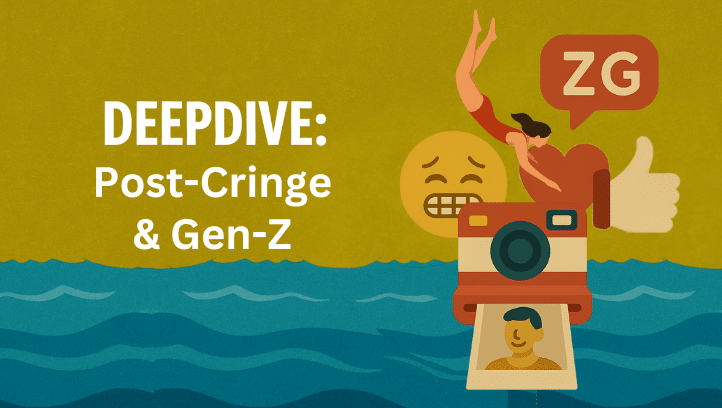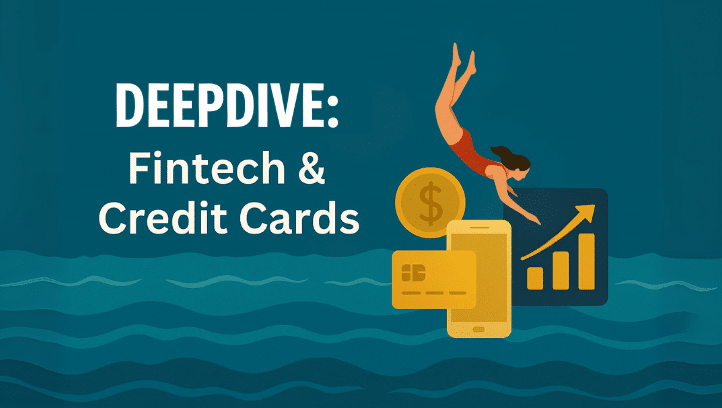We all know that benchmarking is critical to measuring the performance of social media campaigns. However, understanding how to benchmark effectively is often the step marketers struggle with. With over 10 years of helping brands successfully analyze social performance, ListenFirst recommends four ways to benchmark your social media efforts.
Following these proven measuring methods leads to more engaging content and improved social ROI.
Method #1: Look at Interest Score
Understanding organic interest is a key goal of successful benchmarking because it speaks to what the audience is actually interested in, as opposed to engagement that’s directly bought. At ListenFirst, we combine search and conversations to measure organic interest, with a metric called Interest Score.
What makes Interest Score an effective benchmark for organic interest is it combines third party mentions of a brand on Twitter, along with measuring the brand’s page views on Wikipedia. These are signals that the social media audience is talking about a brand or actively researching it. When that score spikes relative to pre-campaign activity or compared to previous campaigns that’s a direct indication that the current messaging is resonating.
For example, there was a scene in the Netflix film Red Notice that was product placement for Aviation Gin. That alone probably wouldn’t have been enough to lift activity around Aviation Gin on social media. However, Ryan Reynolds who both starred in the movie and is co-owner of Aviation Gin created a comedic version of that scene with even more blatant product placement and the brand shared it on social media.
On the week that Aviation Gin released the doctored clip from Red Notice on social media their weekly performance more than doubled compared to the weekly average during the previous 4 months.
Method #2: Track Audience Conversations About Brands
There are three basic ways consumers can amplify conversation around brands on social media. There’s an unprompted social post, for example someone Tweeting “Anyone wanna get bankrupt at the Lululemon in Chicago with me?” Consumers can also comment or reply on social content posts that brands themselves post. Or they can share the posts brands upload.
By tracking all three of these social signals over time, brands can get more insight into the performance around specific campaigns. For instance, Liquid Death ran a regional ad around the Super Bowl, placing a hex so the Bengals would win the game. While the hex didn’t work, the campaign did. Liquid Death’s Social Talkability score was 225% higher during the week of the Super Bowl, compared to the weekly average during the previous 4 months.
ListenFirst’s own Social Talkability metric is especially insightful in evaluating campaign performance because it measures so many signals; comments, replies and shares across Facebook, Twitter, Instagram, YouTube, Reddit, and TikTok.
Method #3: Check Response Rate
Understanding if the volume of engagement on brand content is good or bad is pretty much impossible without context. That’s why Response Rate, or looking at the percentage of people who respond to a post relative to how many followers a brand has is so critical.
To that point, a Nike Instagram video post about Asisat Oshoala, the most decorated female African soccer player of all time had 80,604 engagements. While that might seem impressive, and no doubt it still is, the post only had a response rate of 0.04%, which was Nike’s worst performing Instagram post during the month of June 2022. In comparison, their best performing Instagram post of the month, a gallery of British tennis player Emma Raducanu got 336,545 engagements and had a response rate of 0.15%.
It’s important to consider how big a following a brand already has on social media to understand how successful an individual post was.
Method #4: Look at Average Engagement Per Post
In measuring social media performance, look for consistency as opposed to just focusing on engagement peaks.
For example, the CPG Food brand with the most successful post in June 2022, was Florida Milk. The milk brand co-published an Instagram Reel with Food Network influencer Juan Duran about an Oreo Kinder Bueno shake. The post got 501,283 engagements. As impressive as the numbers are for that paid post, overall Florida Milk only averaged 8,920 engagements per post for the month overall. No other post they shared in June got more than 477 engagements.
In contrast Slim Jim averaged 48,140 engagements per post in June 2022, with 35 of their posts getting at least 4,000 engagements.
Slim Jim was by far the CPG Food brand with the most successful June on social, but competitors would not have picked up on that just looking at the single post with the most impact.
Conclusion
On their own, data points such as how many Likes a post gets or the number of followers a brand has are just vanity metrics. However, when viewed within the right social media analytics solution they provide the context necessary for benchmarking. By focusing on a few key indicators such Interest Score, Social Talkability, Response Rate, and Average Engagement Per Post, brands can better understand the performance of both owned and competitor content.
Optimization and improving social media ROI is significantly easier when you have the right benchmarking framework in place.
Want even more insights about proper social media benchmarking? Download our Benchmarking 2.0 report, or Request A Demo Now!



